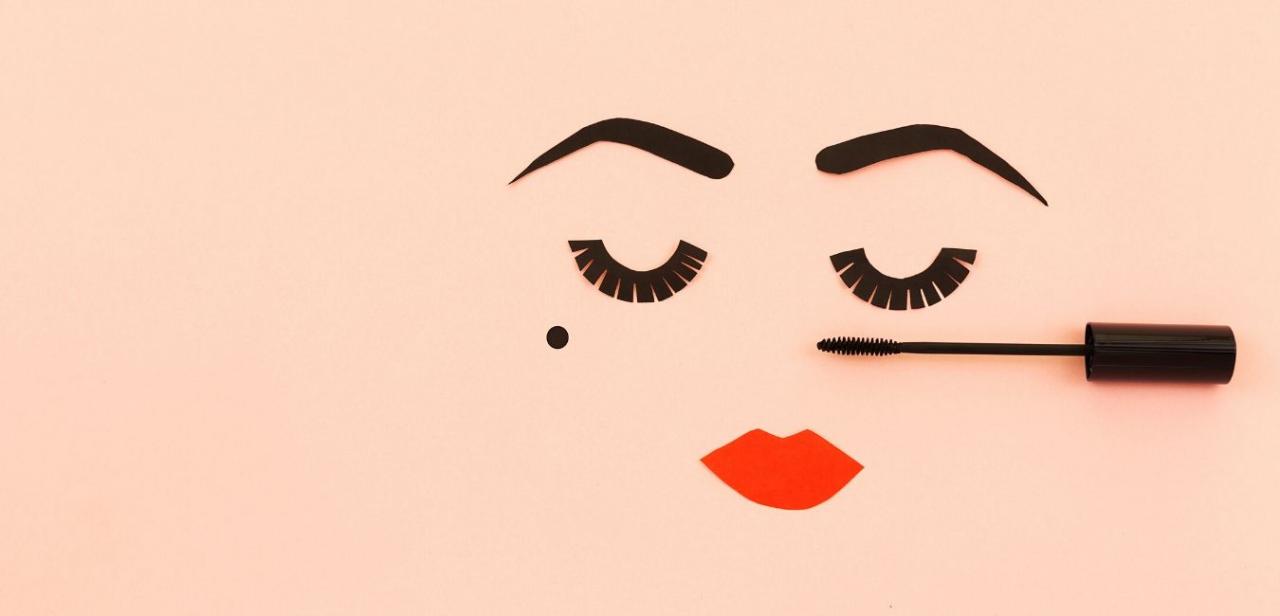“I’d like to see people going back to feeling good about themselves.”
In the words of Lynn Grefe, the CEO and president of National Eating Disorders Association, that is the goal of many this month, and a lifelong struggle for some women.
Besides Valentine’s Day, February is known for campaigns and events involving body pride and eating disorder awareness.
Despite attempts at body pride and acceptance this month, it’s difficult to love your body when advertisements are constantly throwing products at you to improve your “imperfections,” and magazines are forever providing ways to be thin, as if that’s the only option.
Even women’s magazines like Marie Claire, which shows an attempt to promote body image by providing a fashion column for plus-size women, don’t do enough and have conflicting messages. For example, one Marie Claire writer wrote a blog about how fat people are disgusting on TV and in real life. Turns out she has a history of anorexia, and she was just contributing to one of the largest women’s issues – the unhealthy societal expectations for women to be unnaturally thin and “beautiful,” with plastic surgery and pounds of makeup added in. And she certainly wasn’t helping eating disorder prevention.
Grefe said that unrealistic societal expectations, media and advertisements don’t cause eating disorders, but that doesn’t mean they’re blameless.
“It sure puts out the landscape to make people feel bad about themselves, whether they develop an eating disorder or not,” Grefe said.
There aren't enough Dove-like advertisements out there to counteract the presence of only extremely thin models, who don't represent the general population. Although it will likely take a long time to get rid of the obsession with thin, she said there are some things to consider.
“We need more leadership in the media world and the fashion world,” Grefe said. “I think that we need to stop having size 00s. I think it’s really important that we start focusing on the health of the person as opposed to what their number is.”
National Eating Disorders Awareness Week is Feb. 20-26, and in 2011 the theme is “It’s Time to Talk About It.”
“So many people have been whispering about these illnesses for a long time,” Grefe said. “They weren’t talking about them, they were keeping them behind closed doors, people were embarrassed, because the public didn’t really understand it.”
This campaign is trying to end that silence.
“That’s got to be over, that’s behind us,” Grefe said. “It’s time to talk about it. Time to talk about what you’re struggling with, it’s time to reach out for help. It’s time to tell somebody. So that’s why we came up with that theme, we said no more silence around this issue.”
There are many misconceptions about eating disorders, which is why promoting awareness is important.
“Eating disorders have the highest death rate of any mental illness,” Grefe said. “Nobody should be punished because they have an eating disorder. They’re sick and we should be taking them by the hand and steering them to help.”
She added that eating disorders aren’t “lifestyle choices … these are serious life-threatening illnesses."
According to the National Institute of Mental Health website, “an eating disorder is marked by extremes. It is present when a person experiences severe disturbances in eating behavior, such as extreme reduction of food intake or extreme overeating, or feelings of extreme distress or concern about body weight or shape.”
The most common types of eating disorders are anorexia nervosa, bulimia nervosa and binge-eating disorder.
Women can do many things to help prevent eating disorders by even realizing that societal expectations and pressures are triggers, and that if people who are vulnerable to eating disorders go on a diet, they could end up taking that diet to the extreme and develop an eating disorder and even die if they don’t get the proper help.
“Stop dieting and start talking about our health as opposed to our size,” Grefe said. “We have people trying to get to sizes that are really unattainable and unhealthy and unreasonable for their own body shape and size … It’s like trying to put a size 10 foot into a size 4 shoe. [Bodies are] supposed to be a certain size.”
Having a healthy body is more important than being thin, but many women don’t accept this.
“Stop talking about “Does my butt look too big, or do I have fat thighs?” Grefe said. “Just stop it, we all just need to stop talking like that. I keep saying, we need to measure the size of our heart, not the size of our hips. Rather than talking about their body size, why don’t we talk about what they’re doing.”
Unfortunately, despite some effort to provide awareness about eating disorders and prevent them, she said hospitalizations for eating disorders have increased 18 percent from 1999 to 2005.
“That means somebody has to be really sick,” Grefe said. “To be hospitalized for an eating disorder, that’s not just a diet that’s a little out of control. That means it’s serious.”
Eating disorders can be comorbid with other mental disorders like depression and obsessive compulsive disorder, and even if loved ones know of the eating disorder and try to help that person, there is no guarantee the person will be willing to receive help.
“[Denial] absolutely is part of the disorder, that’s why other people have to take control,” Grefe said “Because once somebody’s really into the throes of a serious eating disorder, they don’t see reality. They don’t see what they’re doing to themselves. They are in denial and they’ll probably lie about it in every way, shape or form. And that’s just part of the illness.”
Although this denial can make things seem hopeless, there are resources available to help loved ones and victims of eating disorders. There are treatment centers and even organizations. Look below for NEDA’s information.
Resources:
NEDA’s Helpline: 800-931-2237
NEDA’s website: www.NationalEatingDisorders.org
http://www.nimh.nih.gov/health/publications/eating-disorders/complete-index.shtml
Other information used:
http://www.marieclaire.com/sex-love/dating-blog/overweight-couples-on-television
http://www.marieclaire.com/fashion/trends/articles/best-jeans-for-plus-size-women
http://www.cleveland.com/style/index.ssf/2010/08/size_14_is_average_american_wo.html





Add a CommentComments
There are no comments yet. Be the first one and get the conversation started!